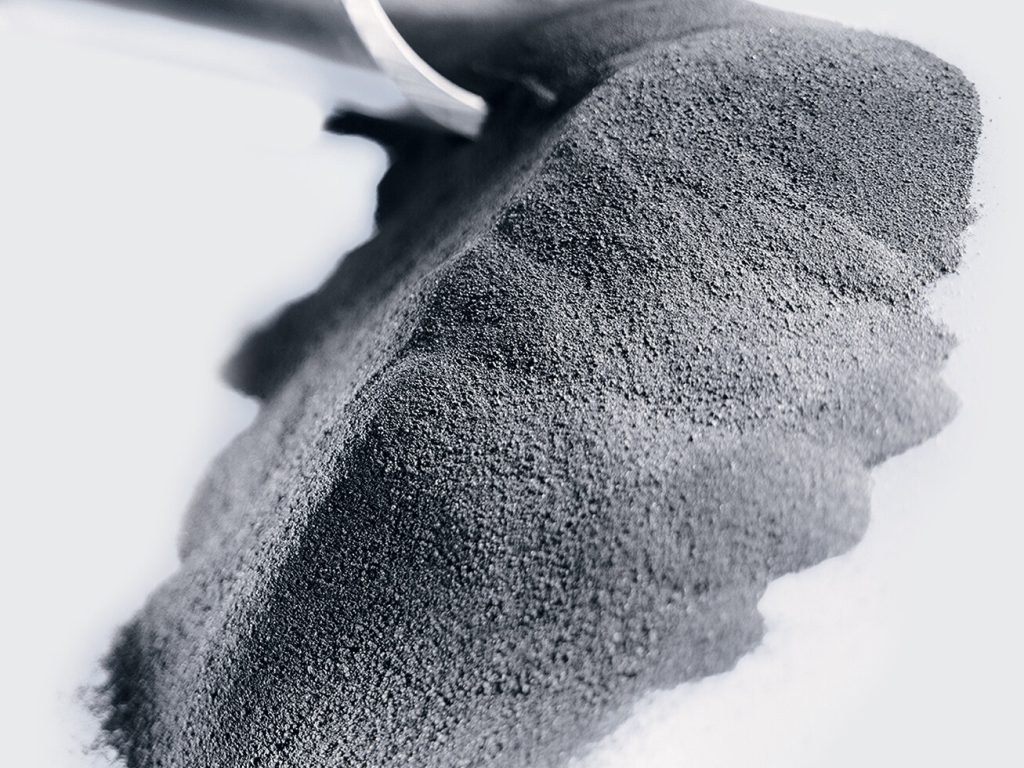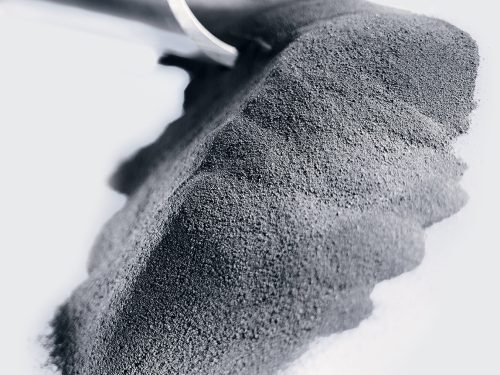After years of development, the energy density of lithium-ion batteries has been greatly improved. Statistics show that the energy density of lithium-ion batteries increased three times from 1991 to 2015, with a GAGR (annual compound growth rate) of about 3%. However, from the perspective of actual technological development, the current growth rate of lithium-ion battery energy density has slowed down significantly, and mainstream products are close to the energy density ceiling. Only by breaking the shackles of materials and technologies can we achieve continued breakthroughs in battery energy density. For a long time, cathode materials have been considered to be a constraint in improving battery performance due to their low specific capacity. After a large amount of research investment, cathode materials such as layered oxide (lithium cobalt oxide), lithium iron phosphate, lithium iron manganese phosphate, ternary materials, and high-nickel ternary materials have been developed one after another. The specific capacity of cathode materials has increased from 120mAh to 120mAh. /g (mAh/g) is gradually increased to 210mAh/g. Nowadays, with the development of battery technology approaching its limit and the capacity improvement of cathode materials encountering bottlenecks, the development and application of anode materials with higher specific capacity has become the key to breaking through the energy density ceiling of lithium-ion batteries.
When a lithium-ion battery is charged, the lithium ions generated by the positive electrode are embedded in the negative electrode through the electrolyte. The more lithium ions embedded in the negative electrode, the higher the charging capacity. Anode materials mainly affect the first Coulombic efficiency, energy density, cycle performance, etc. of lithium-ion batteries, and are one of the most important raw materials for lithium-ion batteries. The anode materials currently used in commercial lithium-ion batteries mainly include: graphite-like carbon materials, mainly artificial graphite and natural graphite; disordered carbon materials, including hard carbon and soft carbon; lithium titanate materials; silicon-based materials, mainly including carbon Coated silicon oxide composite materials, nano silicon carbon composite materials, etc. The rapid development of new energy vehicles and energy storage industries has driven the explosive growth of lithium-ion batteries.
The silicon anode has a moderate lithium insertion potential (~0.4V vs. Li+/Li). There is no hidden danger of lithium precipitation during the charging process, which improves the safety performance of lithium-ion batteries. It is most promising to replace graphite as the next generation of high-performance lithium-ion batteries. negative electrode material. However, the lithiation of silicon has the inherent disadvantages of large volume expansion (>300%), poor conductivity, and low lithium ion diffusion coefficient, making silicon-based anode materials yet to achieve large-scale market application.
Currently, the lithium battery anode material industry is at a critical point in its transformation. Leading companies have obvious capital and technological advantages, and entry barriers for latecomers are constantly increasing. Petrochemical companies can combine their advantages in the field of needle coke raw materials for artificial graphite and quickly enter the industry by acquiring graphitization manufacturing companies and establishing strategic alliances with industry leading companies and R&D institutions to achieve integrated manufacturing of artificial graphite and obtain better results. Many opportunities for sustainable development. In terms of silicon-carbon anode materials, technology promotion and transformation should be accelerated, evaluation criteria for cooperation partners should be relaxed, a progressive technology licensing fee system should be explored, the threshold for cooperation should be lowered, and commercial applications should be promoted.


